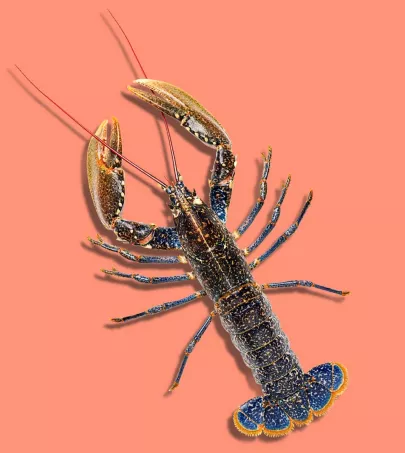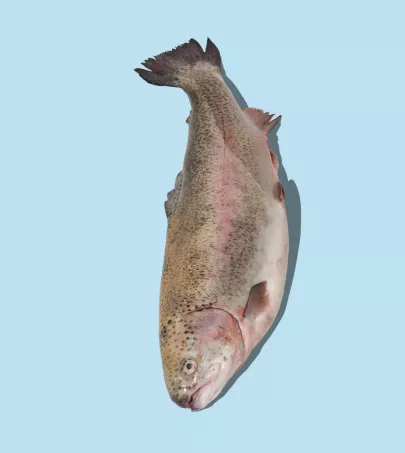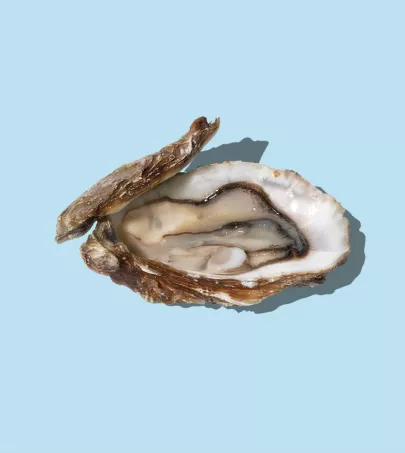
The Patagonian toothfish, a carnivorous fish harvested from the waters around the islands of Kerguelen and Crozet, is not well known in mainland France. However, it is widely considered to be one of the best fish in the world.
What you need to know
Even though it is not well known in mainland France, the Patagonian toothfish is widely considered to be one of the best fish in the world. Highly prized in China, Japan, and the United States, it is also known as mero in Japan, légine australe, and Chilean seabass. This carnivorous fish can be found southern ocean waters and grow to six feet in length. Because it is a “demersal” species, the toothfish lives near the bottom of the ocean. As they become older, toothfish can descend to 6,500 feet below sea level. The high demand for the fish, which is tender and flavorful, dates back to the 1990s. Poaching developed in response to its high price, and France quickly took measures to prevent illegal fishing. Strict quotas and management methods, developed in collaboration with the Museum of Natural History, were put in place to preserve this highly sought-after resource. As a result, the fish stocks were able to recover.
In France, which owns the world’s largest Patagonian toothfish fishery, six fishing companies harvest the fish from the glacial waters around the Crozet and Kerguelen Islands in the French Southern and Antarctic Lands (TAAF). A TAAF inspector must always be aboard the vessels to verify that the rules, which are reassessed every year, are being followed. Such oversight is even more important given that orcas and sperm whales are also predators of the toothfish and are drawn to the long lines of regularly spaced hooks attached to each fishing vessel. As soon as they are taken from the water, the fish are prepared and frozen to preserve their taste and freshness.
Characteristics
Look
Taste
Nutritional benefits
Toothfish is rich in omega-3 and -6 fatty acids, which help protect the cardio-vascular system. It is also a significant source of trace minerals, including iodide, zinc, calcium, copper, selenium, and fluoride, as well as other minerals like phosphorus.
How to use
Preparing and serving Réunion toothfish
Toothfish is often eaten raw in sushi or sashimi because its flesh is white and delicate, with a melt-in-your-mouth texture. It is also delicious baked, steamed, cooked en papillote, poached, grilled, roasted, and more.
Conserving Réunion Toothfish
Patagonian toothfish is usually found frozen.
Tasting Réunion Toothfish
Pan-fried, with butter and a little garlic, to enjoy its fine flavor and incomparable texture. In La Reunion, Patagonian toothfish can be cooked with curry.
Pair with
Savory: Garlic, kaffir lime, spices
Beverages: AOP Touraine-Amboise, AOP Touraine-Mesland, AOC Bandol, AOC Cassis









